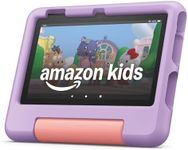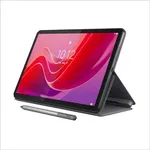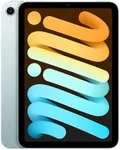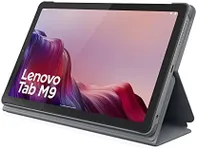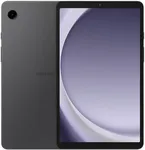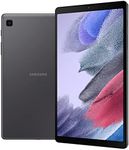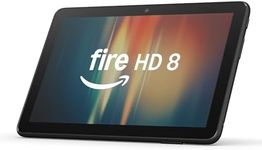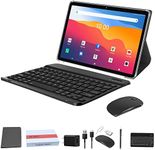Buying Guide for the Best Mini Tablets
When choosing a mini-tablet, it's important to consider how you plan to use it. Mini-tablets are great for portability, reading, browsing the internet, and light productivity tasks. To find the best fit for you, you'll need to look at several key specifications and understand how they align with your needs. Here are the main specs to consider and how to navigate them.Screen SizeScreen size is the diagonal measurement of the display. Mini-tablets typically range from 7 to 8.5 inches. A larger screen can provide a better viewing experience for videos and reading, but a smaller screen makes the device more portable and easier to hold with one hand. If you plan to use your mini-tablet primarily for reading or casual browsing, a smaller screen might be sufficient. For watching videos or multitasking, a slightly larger screen could be more comfortable.
ResolutionResolution refers to the number of pixels on the screen, usually described as width x height (e.g., 1920x1200). Higher resolution means sharper and clearer images. For mini-tablets, a resolution of at least 1280x800 is recommended for a good viewing experience. If you plan to watch a lot of high-definition videos or do detailed work like photo editing, a higher resolution (e.g., 1920x1200 or higher) will be beneficial. For basic tasks like reading and browsing, a lower resolution can be sufficient and may help save battery life.
Battery LifeBattery life indicates how long the tablet can operate on a single charge. This is crucial if you plan to use your mini-tablet on the go. Battery life can vary widely, from around 6 hours to over 12 hours. If you need a device that lasts all day without needing a charge, look for a mini-tablet with at least 8-10 hours of battery life. Consider your usage patterns; if you use the tablet for short periods, battery life may be less critical.
Storage CapacityStorage capacity is the amount of internal space available for apps, media, and files. Mini-tablets typically come with storage options ranging from 16GB to 128GB or more. If you plan to store a lot of videos, music, or large apps, opt for a higher storage capacity. For basic use like reading and browsing, 16GB or 32GB might be sufficient. Some mini-tablets also offer expandable storage via microSD cards, which can be a flexible option if you need more space later.
Processor and RAMThe processor and RAM determine the performance of the mini-tablet. The processor is the brain of the device, and RAM is the memory that helps it run multiple tasks smoothly. For light tasks like reading and browsing, a basic processor and 2GB of RAM might be enough. For more demanding tasks like gaming or multitasking, look for a more powerful processor and at least 3-4GB of RAM. Higher specs will ensure smoother performance and better handling of multiple apps.
Operating SystemThe operating system (OS) is the software that runs the tablet. The main options are iOS (Apple), Android, and sometimes Windows. iOS is known for its smooth performance and extensive app ecosystem, while Android offers more customization and a wide range of apps. Windows tablets can be good for productivity tasks and compatibility with other Windows devices. Choose an OS that you are comfortable with and that supports the apps and features you need.
ConnectivityConnectivity options include Wi-Fi, Bluetooth, and sometimes cellular (4G/5G) capabilities. Wi-Fi is essential for internet access, while Bluetooth allows you to connect peripherals like keyboards and headphones. If you need internet access on the go, consider a mini-tablet with cellular connectivity. Think about where and how you will use the tablet; if you mostly use it at home or places with Wi-Fi, cellular might not be necessary.
Camera QualityCamera quality is measured in megapixels (MP) and affects the clarity of photos and videos. Mini-tablets usually have front and rear cameras. If you plan to use the tablet for video calls or taking photos, look for higher MP cameras (e.g., 8MP or more). For occasional use, lower MP cameras might be sufficient. Consider your usage; if photography is important, prioritize better camera specs.
